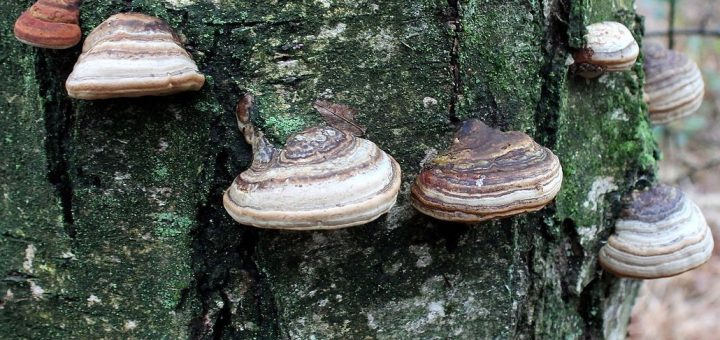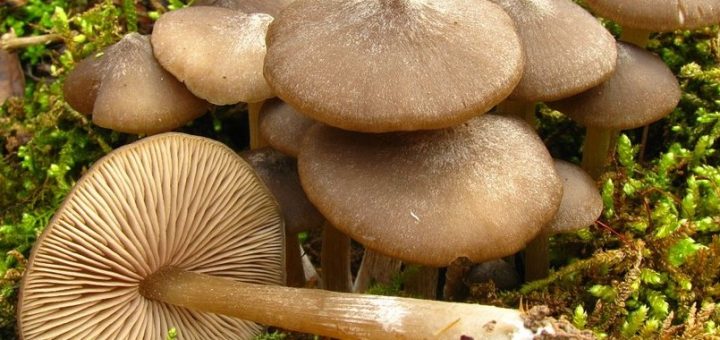#189: Fomes fomentarius, The Tinder Polypore
Fomes fomentarius is the Swiss army knife of the mushroom world: it has a variety of uses that are important in many different contexts. It is used by survivalists, fly fishermen, and even some hat makers. Although it isn’t edible, the mushroom is considered medicinal. Humans have used F. fomentarius for well over 5,000 years (more about that later) and probably much longer than that. The polypore grows from dead or dying trees and is shaped like a slightly irregular horse’s hoof. It has a variety of common names, which is not surprising when you consider its many uses. The two most widely used names are “Tinder Polypore” and “Hoof Fungus.”
















![#011: Characteristics of Kingdom Fungi [Archived]](https://www.fungusfactfriday.com/wp-content/themes/hueman/assets/front/img/thumb-small-empty.png)
